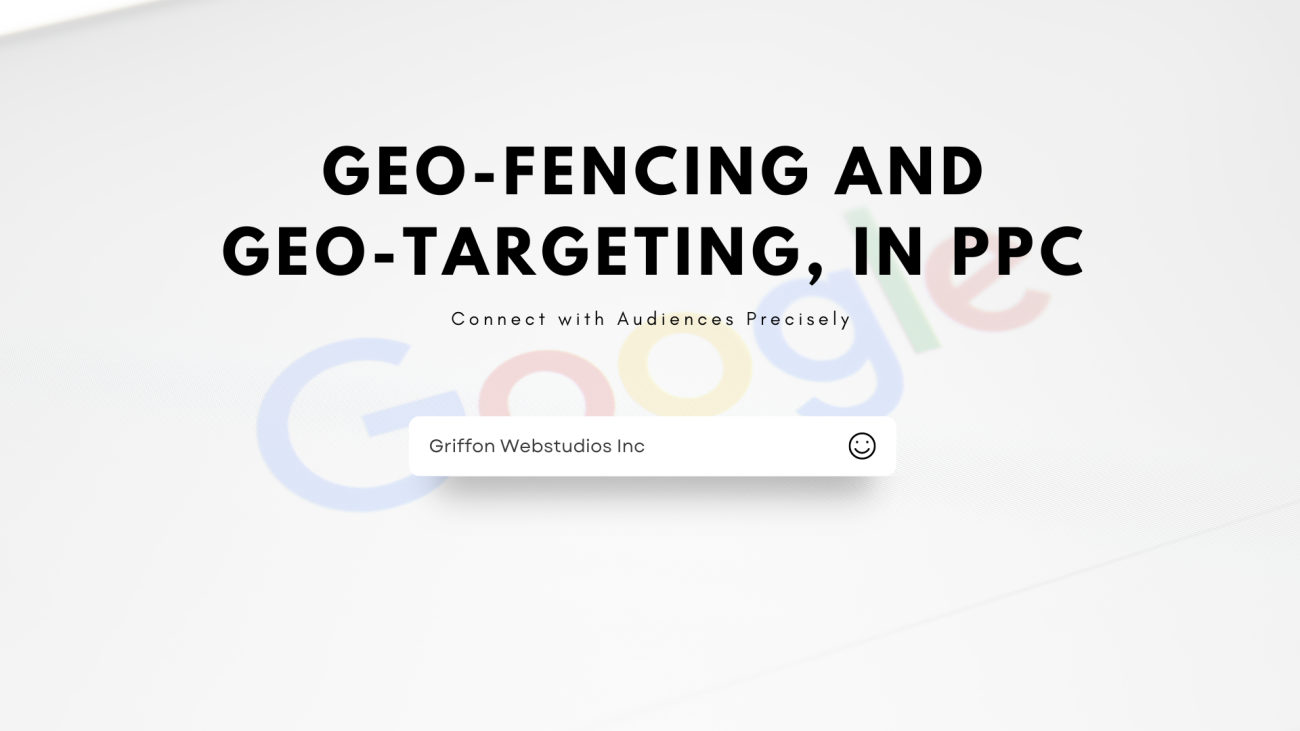The realm of advertising has expanded significantly with the rise of advertisements. Digital advertising has proven to be profitable for publishers and effective for advertisers. While various types of ads exist some have demonstrated both effectiveness and cost efficiency. Among these PPC services are increasingly favored as a budget dependable option for advertising.
The pay-per-click (PPC) marketing model can be fruitful for advertisers when executed correctly. In essence, PPC is a marketing approach in which an advertiser compensates a publisher each time a user clicks on a designated link. Understanding how to optimize the targeting of these links is crucial in enticing users to click on them.
How does the PPC model function?
Publishers permit advertisers to bid on keywords that appear whenever a user conducts a search on a search engine. These keywords contain links to the advertiser’s ads, for which they pay each time these ads are clicked.
Advertisers must execute campaigns aimed at audiences to achieve outcomes for their bids.
How to plan for a PPC campaign
Understanding your target audience is crucial; It’s important to know who you want to reach with your advertising campaign. Consider factors like age, interests, and location.
Establish objectives: Decide how much website traffic you aim to generate from this campaign. Monitor your traffic levels so you can easily spot any changes.
Set a budget: Before designing your ad, determine how much funding you have available for this campaign.
Craft your advertisement: Make sure to create an ad that will capture the attention of your desired audience. Use headlines that will attract clicks while staying true to the ad’s content.
Research. Targeting strategies: Once your ad is ready research keywords that directly target your audience. Experiment with targeting strategies to identify the effective approach.
What are some successful targeting strategies?
Location-based targeting: This type of advertising tailors ads based on the characteristics of consumers in a geographic area.
When it comes to geo targeting various factors, like gender, race, age and more are taken into account. Ultimately the location plays a role in decision making.
For instance, imagine you often buy workout clothes from a store that knows your whereabouts. One day, you receive an ad nudging you to purchase a pair of sneakers tailored for the gym. This scenario exemplifies geo-targeted advertising.
Now lets talk about geo fencing—an advertising method where marketers create a boundary around a particular area using GPS technology to monitor users locations. This information is then used to deliver types of ads to users based on their proximity.
Consider this: You get a notification promoting cakes from a bakery even though you are lactose intolerant and have never bought cakes before. It’s evident that the bakery is casting a net with its advertising efforts without targeting cake enthusiasts in that area during that time frame.
This illustrates the concept of geo-fencing, which can still be impactful by reaching out to an audience base. In summary utilizing pay, per click for advertising can prove to be an investment for your business when executed effectively. Incorporate targeted tools alongside pay per click services to expand the reach and accuracy of your ads aligning them with your business objectives.


